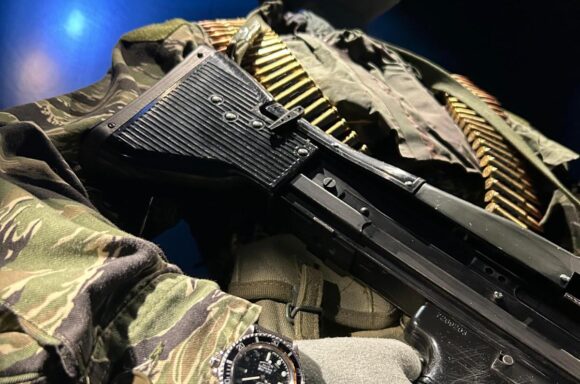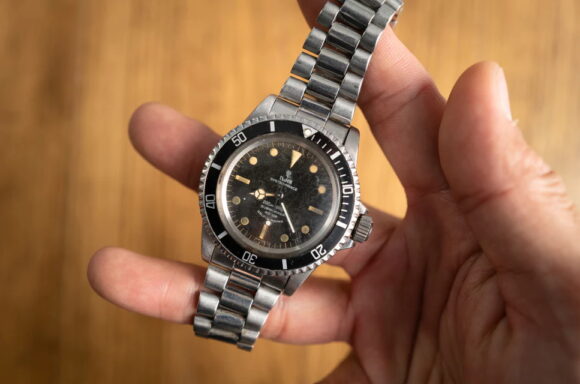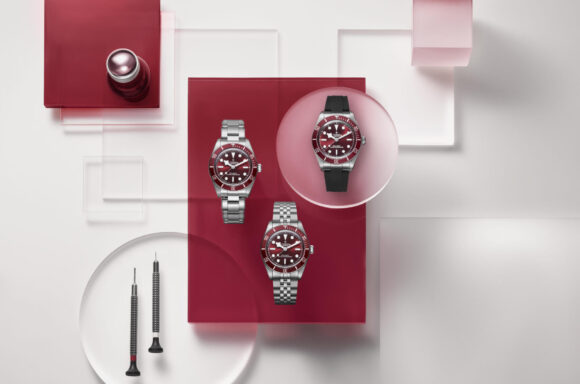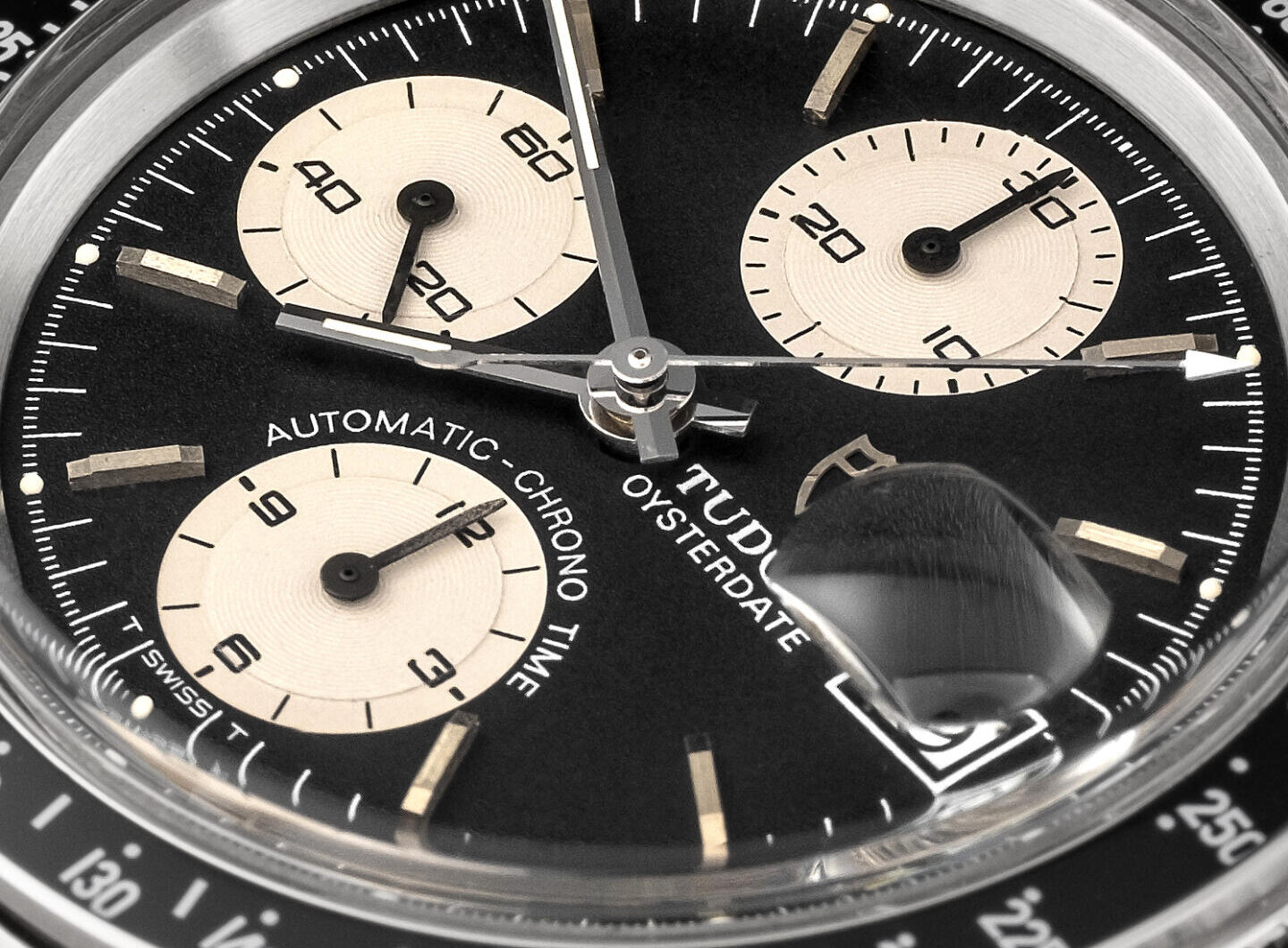
The Ultimate Guide to the Tudor ‘Big Block’
The Wilsdorf stable's first automatic chronograph and the resulting sports chrono revolution
Tudor has been a long-term supporter of Only Watch and has made some incredible unique pieces for the charity watch auction for a number of years. For Tudor Collectors, 2023 marks the first time that an entirely new model was being presented by the brand. Previous incarnations had been based on the venerable Black Bay, with unique executions, but in a familiar silhouette. For 2023 Tudor presented a riff on an old, familiar friend, the Tudor tri-counter chronograph, the Tudor Prince Chronograph.
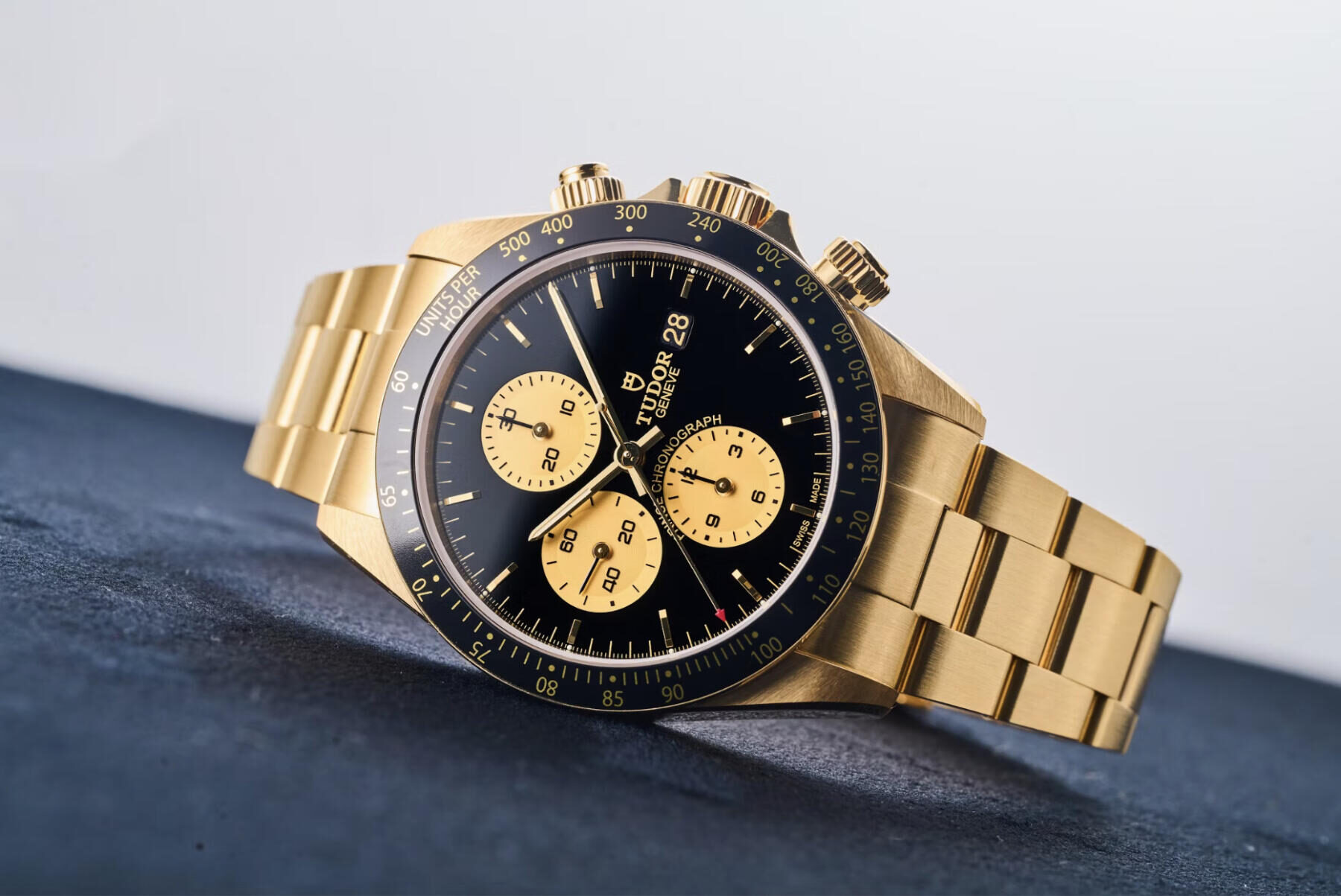
The Unique Tudor Prince Chronograph for Only Watch 2023
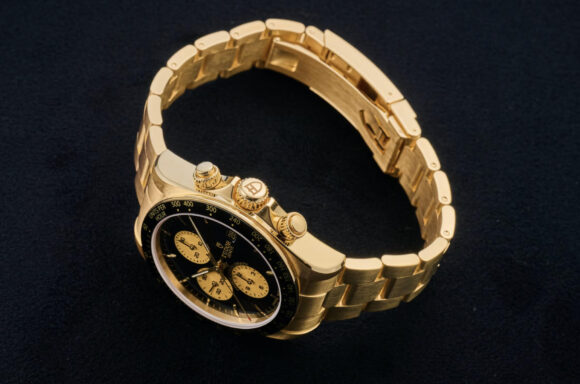
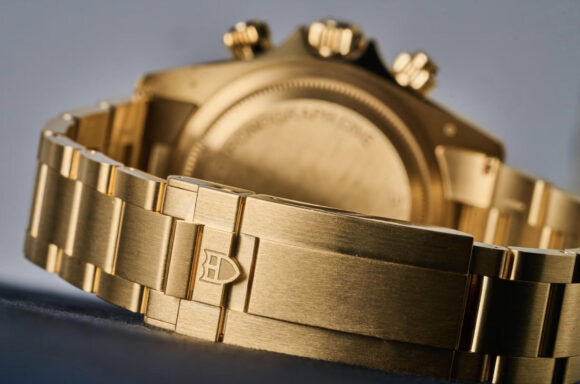
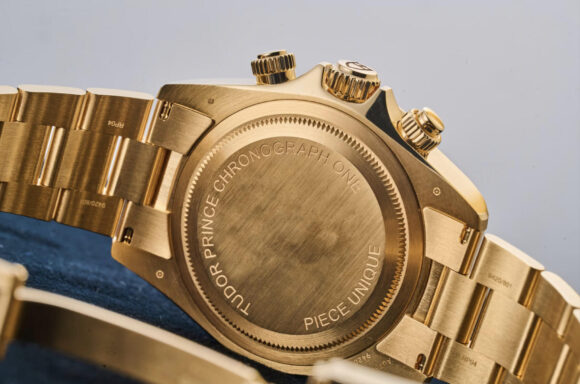
For the first time ever, the watch is made entirely out of yellow gold with a black dial and champagne sub counters; what collectors might term a JPS (named after the Lotus Formula 1 term that wore the black and gold livery of John Player Special cigarettes in the 1980s). Tudor also unveiled a prototype of a new in-house movement to power the Prince. All of the current chronographs in the catalogue, since the Heritage Chronographs have been discontinued, are powered by Tudor’s in-house movement based on the Breitling calibre. This new movement is hopefully a sign of things to come…
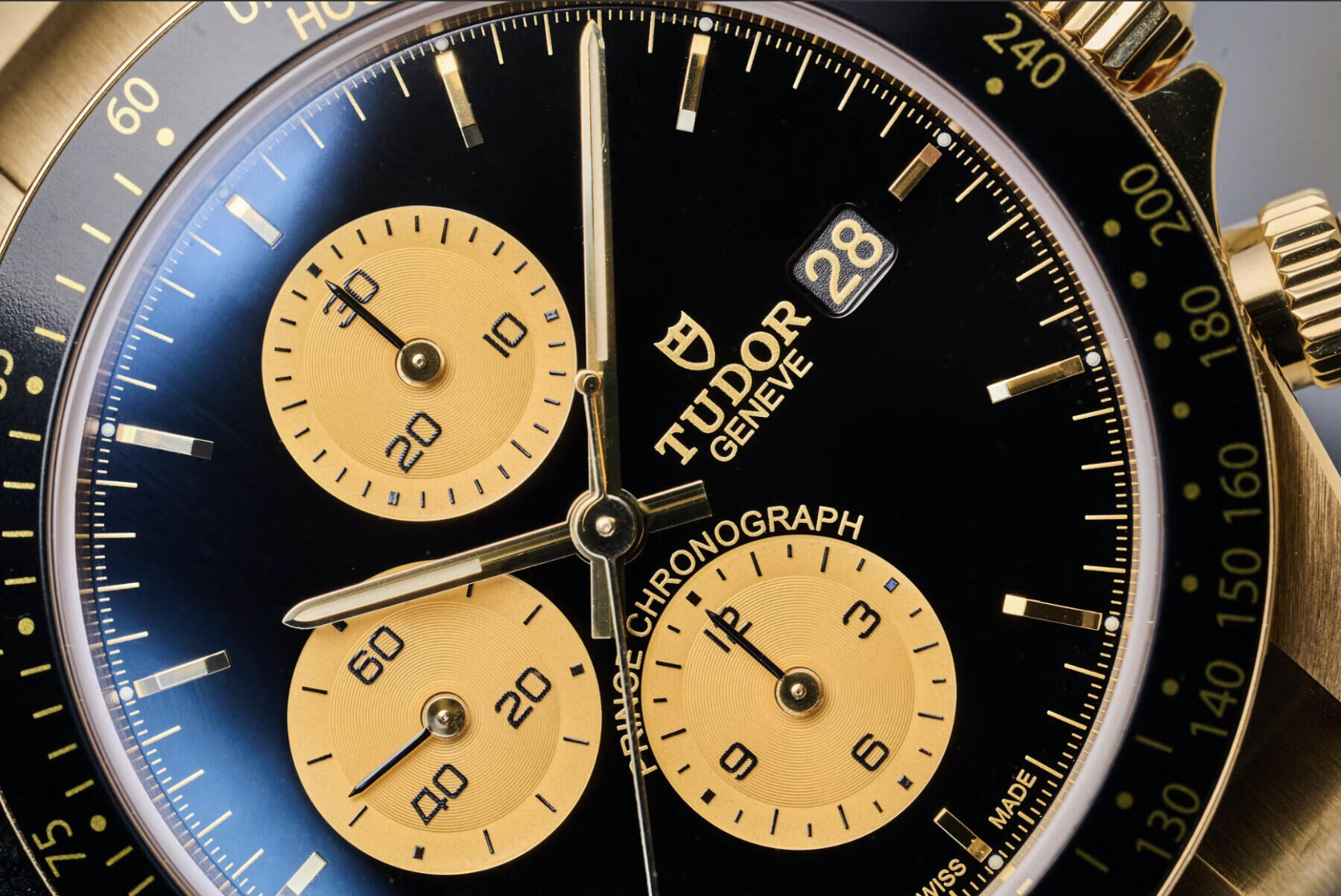
Prince is a name synonymous with Tudor since the 1950s, when it was used for watches that were self-winding, the equivalent to Rolex’s Perpetual. The Oyster Prince Chronograph originally debuted in the late 1980s and was the successor to one of the most important watches in Tudor’s history, the Oysterdate Chronograph aka Big Block that was unveiled to the world in 1976.
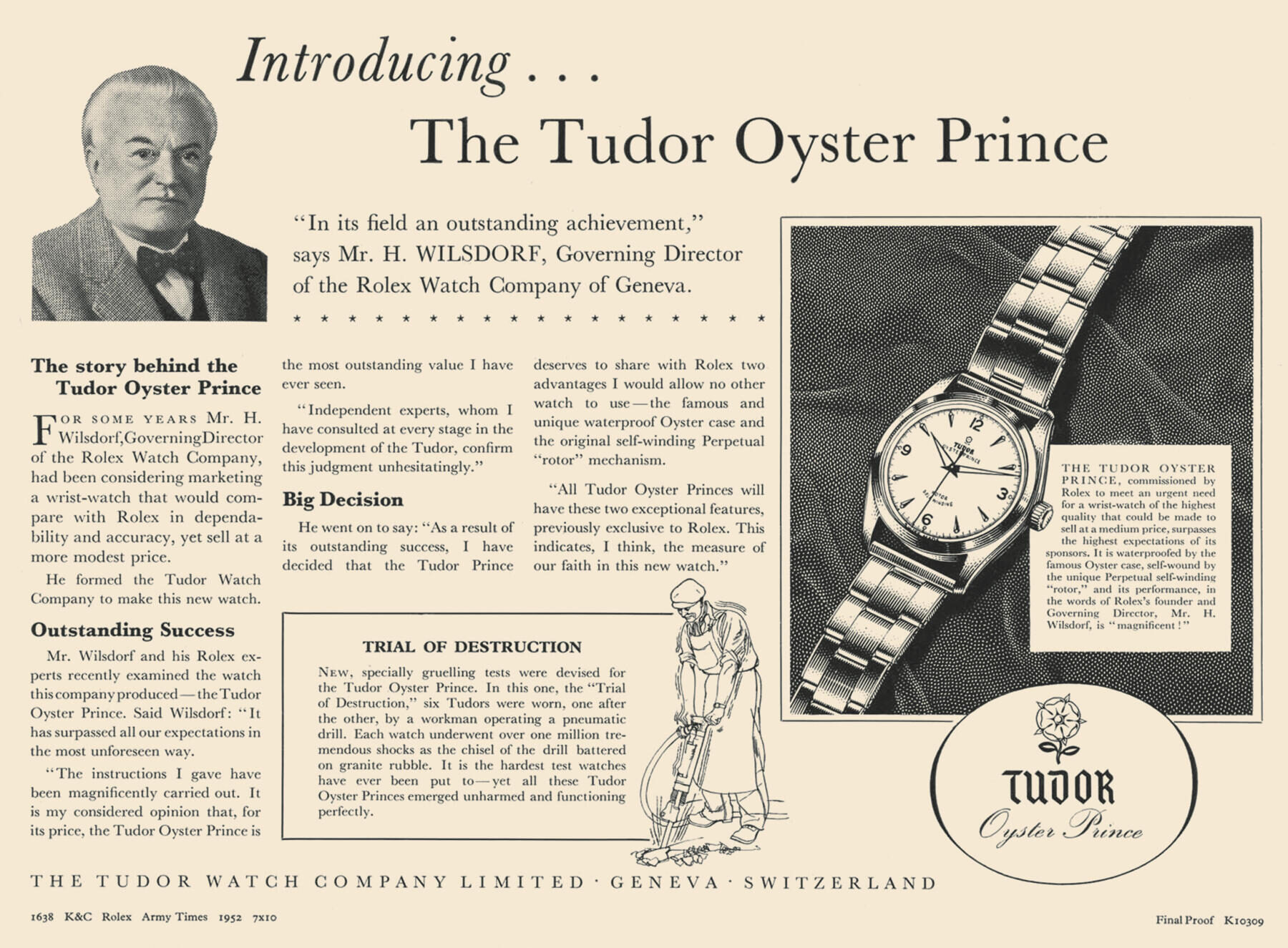
To truly understand the importance of the Tudor Oysterdate Chronograph that was introduced in 1976, one needs to take a step back and take a look at the bigger picture of what was happening within the Wilsdorf Foundation. Since the inception of Montres Tudor SA, Rolex and Tudor founder Han WIlsdorf had the vision for Tudor to bear all the hallmarks of the aspirational Rolex watches, but at a more affordable price point.
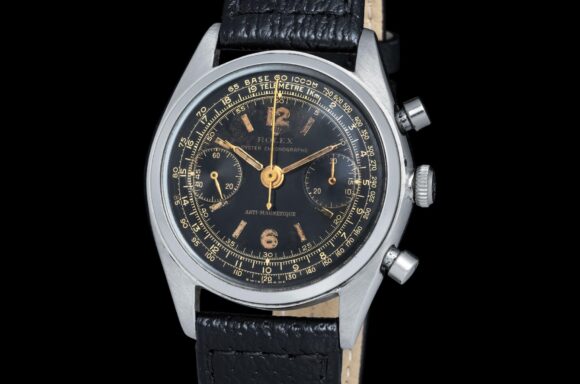
Rolex Chronograph Reference 4500
| Photo | Monaco Legend Group |
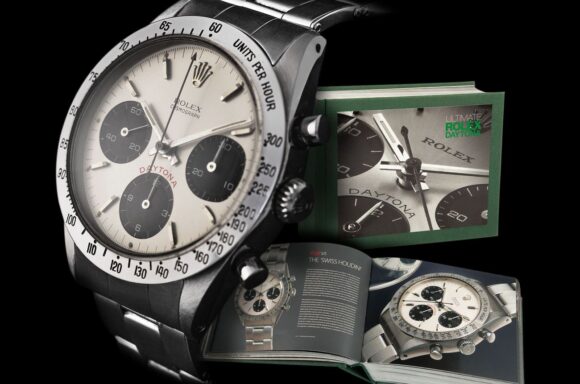
Rolex Daytona Reference 6239
| Photo | Monaco Legend Group |
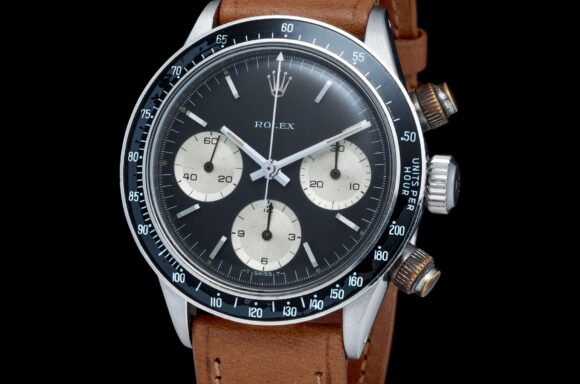
Rolex 'Oyster' Daytona Reference 6240
| Photo | Monaco Legend Group |
Rolex began producing chronographs as early as the 1930s and then in 1963, the Daytona was born with the unveiling of the reference 6239. The 6239 was housed in Wilsdorf’s famous Oyster case, but was fitted with non-waterproof chronograph pushers, hence the watches didn’t bear the moniker “Oyster” on the dial. It was in 1964 that Wilsdorf filed a patent for the waterproof pusher that first made its appearance on the Oyster Daytona reference 6240. Interestingly, Wilsdorf never commercially offered a pump-pusher Tudor chronograph, with the Oysterdate chronograph reference 7031/2 having screw down pushers and a date; a feature never seen on the Daytona.
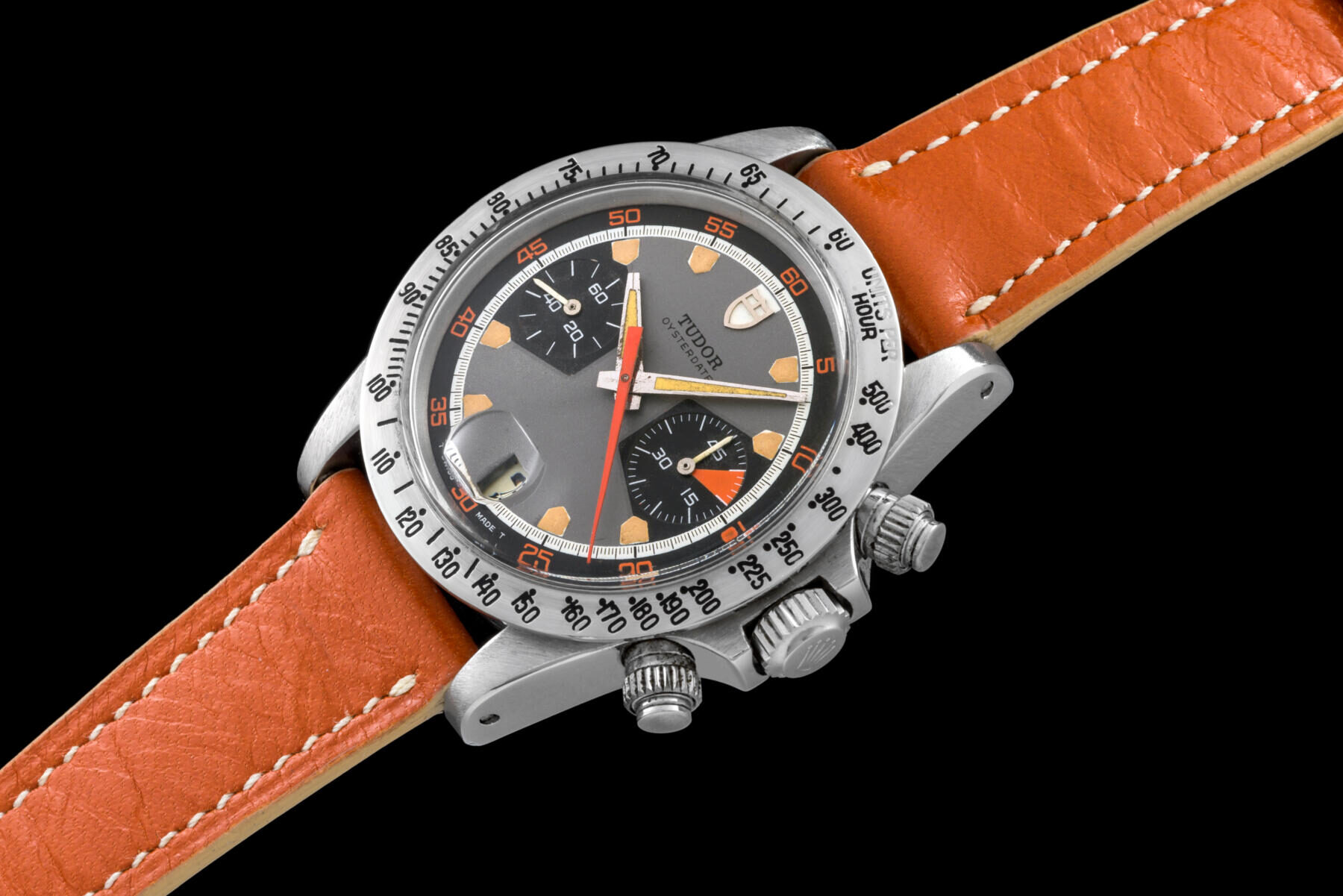
The first Tudor Chronograph Reference 7032 Homeplate
First Series ‘Chrono Time’
Introduced in 1970, the first series Tudor Chronograph, known as the Homeplate, was short lived and was superseded in 1971 by the second series Monte Carlo chronographs. Both series of watches followed a similar path of colourful dials, Oyster screw-down pushers, date feature and a manual wind movement. In 1976, however, the third series of Tudor chronographs was introduced and a novel feature was unveiled – an automatic movement, making the Big Blocks the first self winding chronographs from the Wilsdorf group – over a decade before Rolex introduced their first automatic Daytona; the Zenith-powered reference 16520.
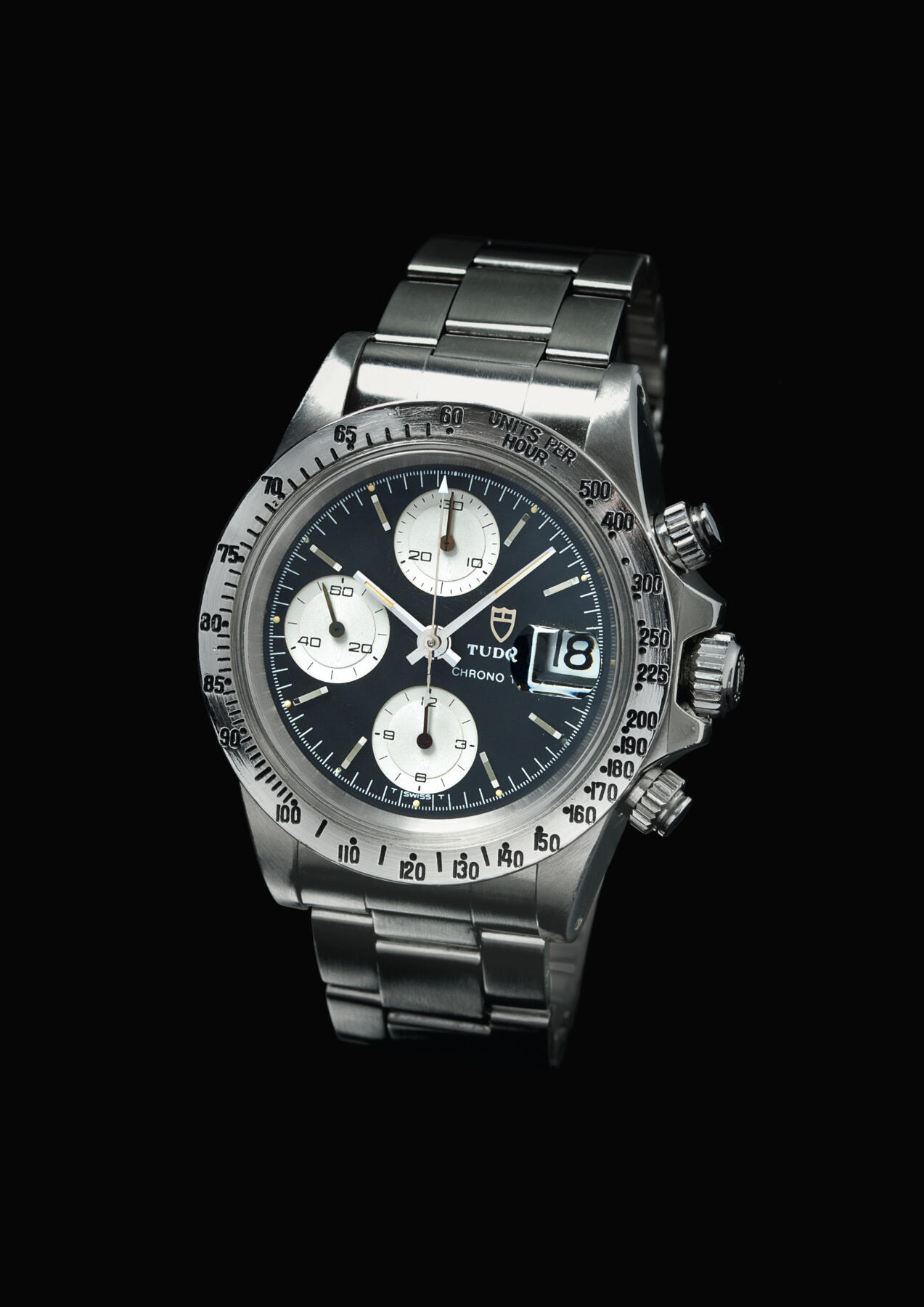
A first series Tudor Big Block with first execution dial
This was a real coup for Tudor and it was precisely this new innovation that led to the name Big Block. The rotor of the self-winding mechanism meant that Tudor needed to redesign the watch case and make it deeper, hence the collectors’ term Big Block. In fact, until the introduction of the Seadweller Deep Sea, it was the biggest watch to come out the Rolex factory. The other big change that occurred with the Big Block was the introduction of a third chronograph register on the dial – an hour indicator. The previous two series were effectively forty-five-minute stop watches – but the new watches could measure much longer periods of time.
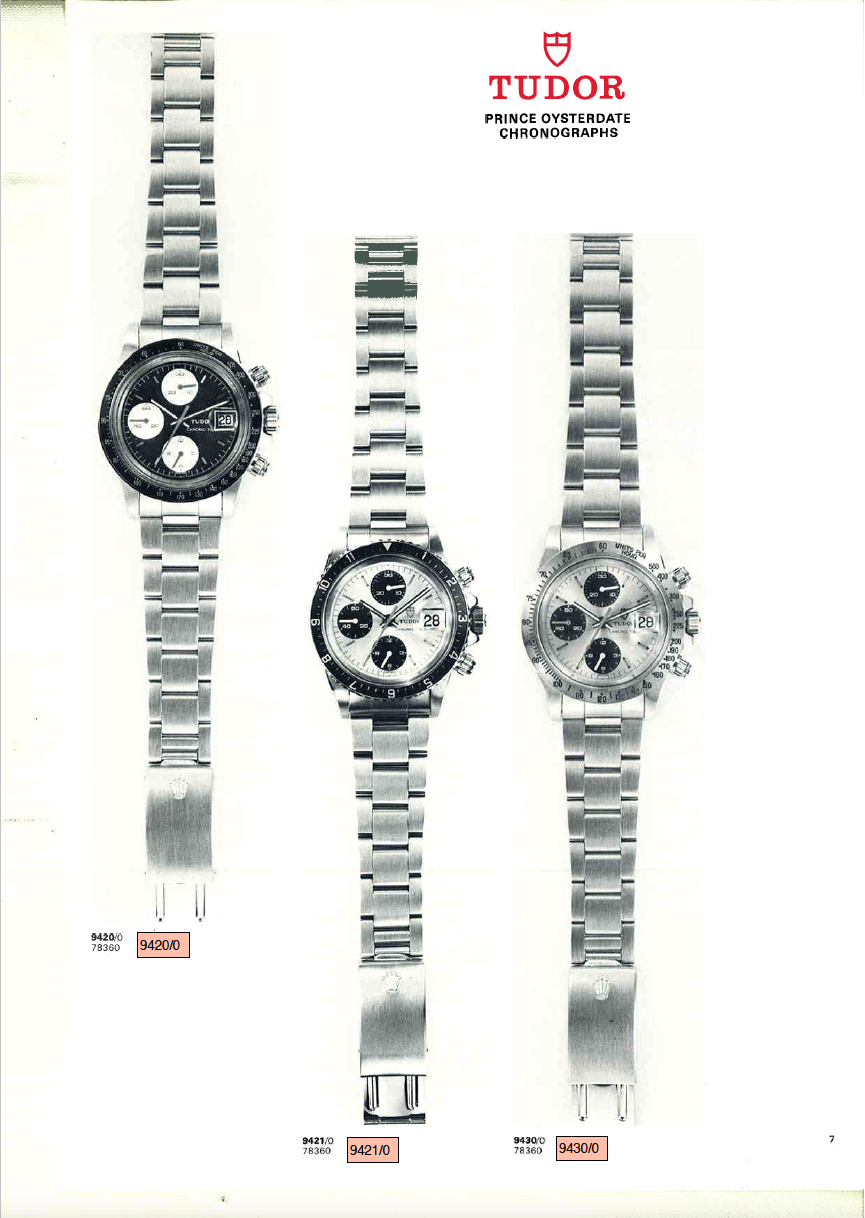
Extract from the 1976-77 Tudor Master Catalogue showing the very first incarnation of the self-winding chronograph.
The watches housed modified Valjoux 7750 automatic movements, a true workhorse caliber that was widely used across the watchmaking industry. Much like the ETA movemenst used for Tudor Submariners and other automatic time-only and date models, the base movements were modified by Tudor to meet the exacting in-house standards of the brand. Whilst some people may tend to view such movements as generic and cheap, it is all about the quality of the refining and fine-tuning that make the difference.
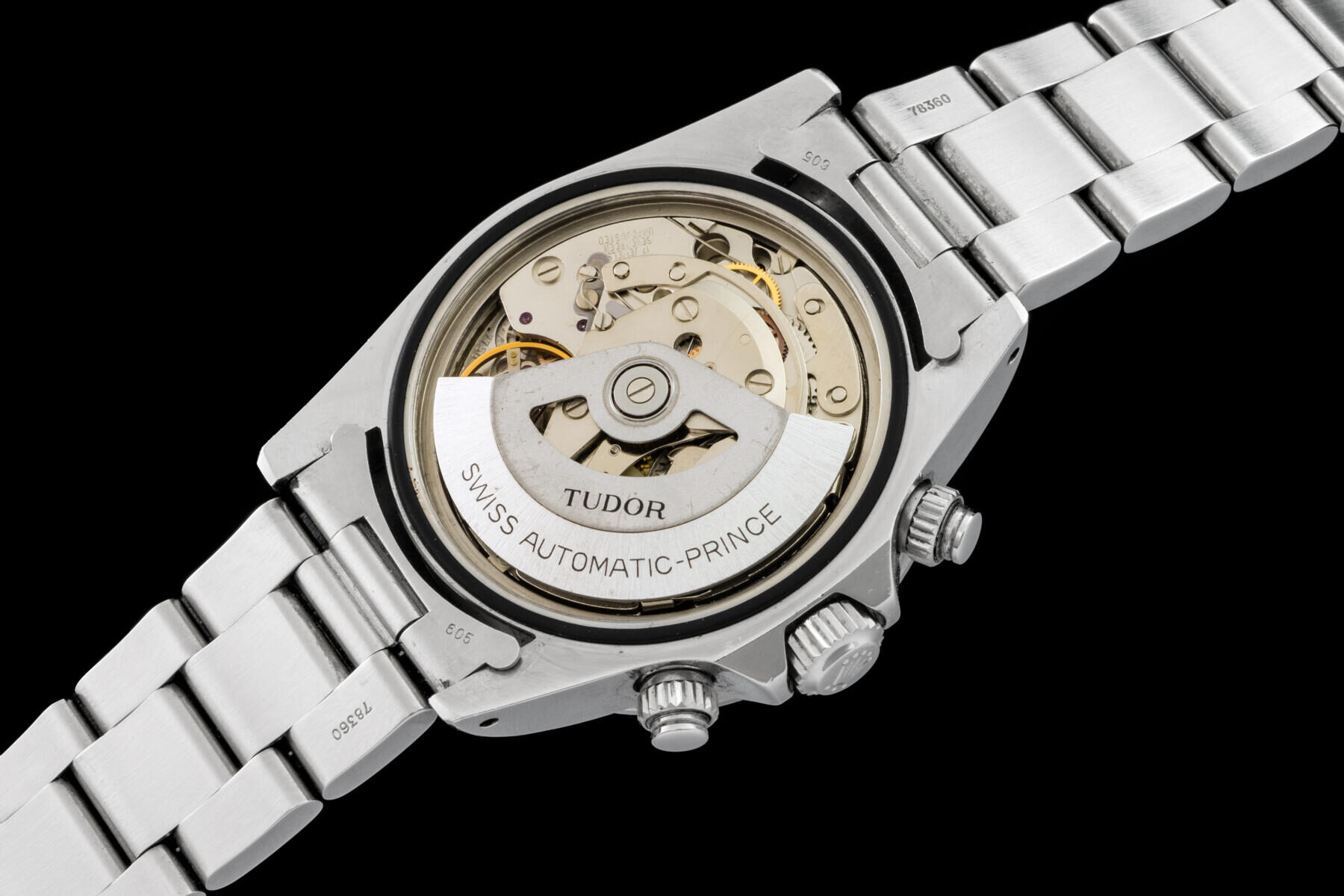
A first series Valjoux 7750 movement with cut-out rotor
Specs:
Case: 40mm in Steel : 14.5mm thick : 20mm lug width
Dial: Three registers : Running seconds at nine o’clock, minutes at 12 and hours at six
Bracelet: Rolex 7836 folded link Oyster bracelet
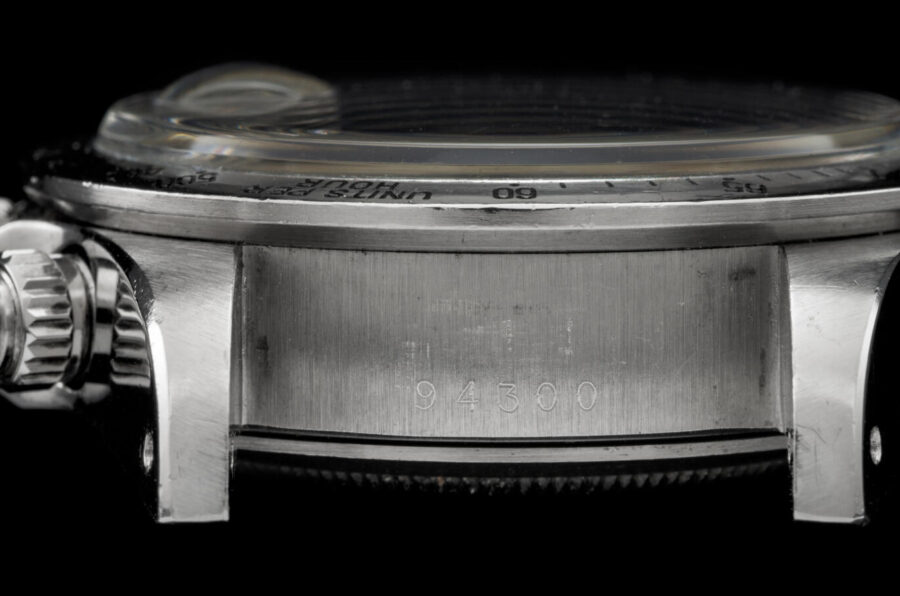
First series model reference engraving
| Photo | Luca Garbati/ Corrado Mattarelli |
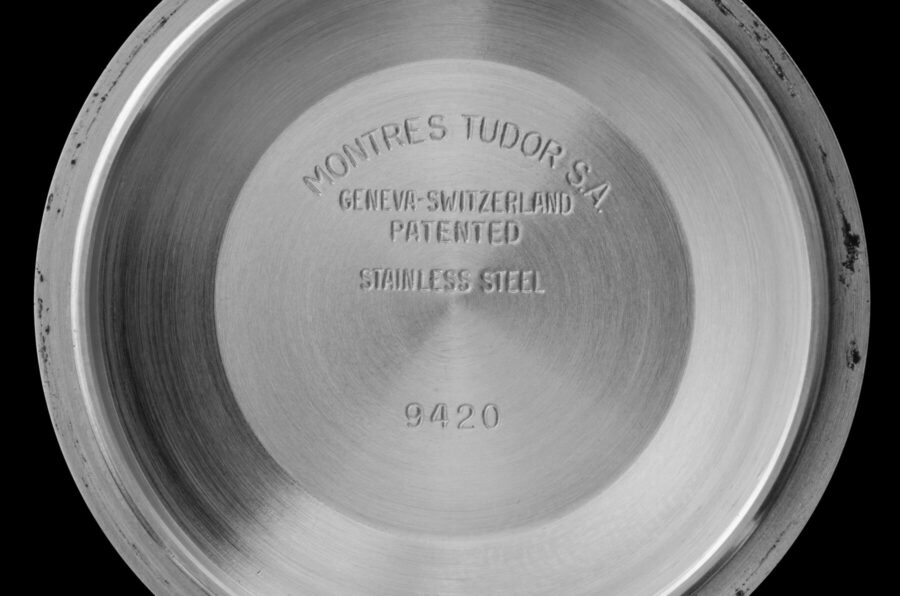
First series inner case back engraving
| Photo | Luca Garbati/ Corrado Mattarelli |
The first Big Block watches were the 9400 series, which ran until approximately the late 1980s. There were three different references that were solely distinguished by three different bezel variations:
9420 – Plastic ‘bakelite’ tachymeter
9421 – 12 hour calibrated bi-directional bezel
9430 – Steel tachymeter scale bezel
All vintage Tudor chronographs featured a date and were referred to as Oysterdates in the catalogues and most had OYSTERDATE on the dials going back to the Homeplate watches in 1970. The third series chronos were also called Oysterdate Chronographs in the cartalogue, but very early dials had only the words ‘Chrono Time’ almost floating below the TUDOR text. A second version of the non-exotic dial also existed with a ‘solo’ TUDOR under the date and ‘Automatic Chrono Time’ over the lowest register. Within the first couple of years, dials began to be used with ‘Oysterdate’ under the Tudor text and ‘Automatic Chrono Time’ in an arc over the bottom chrono register. This is the most common dial type across both series of Big Blocks.
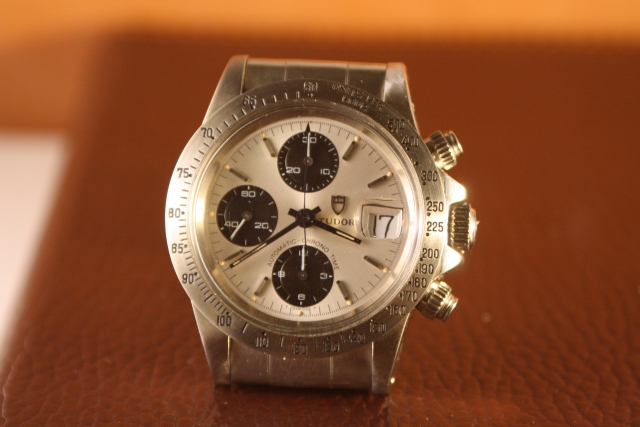
The 'Solo' Dial
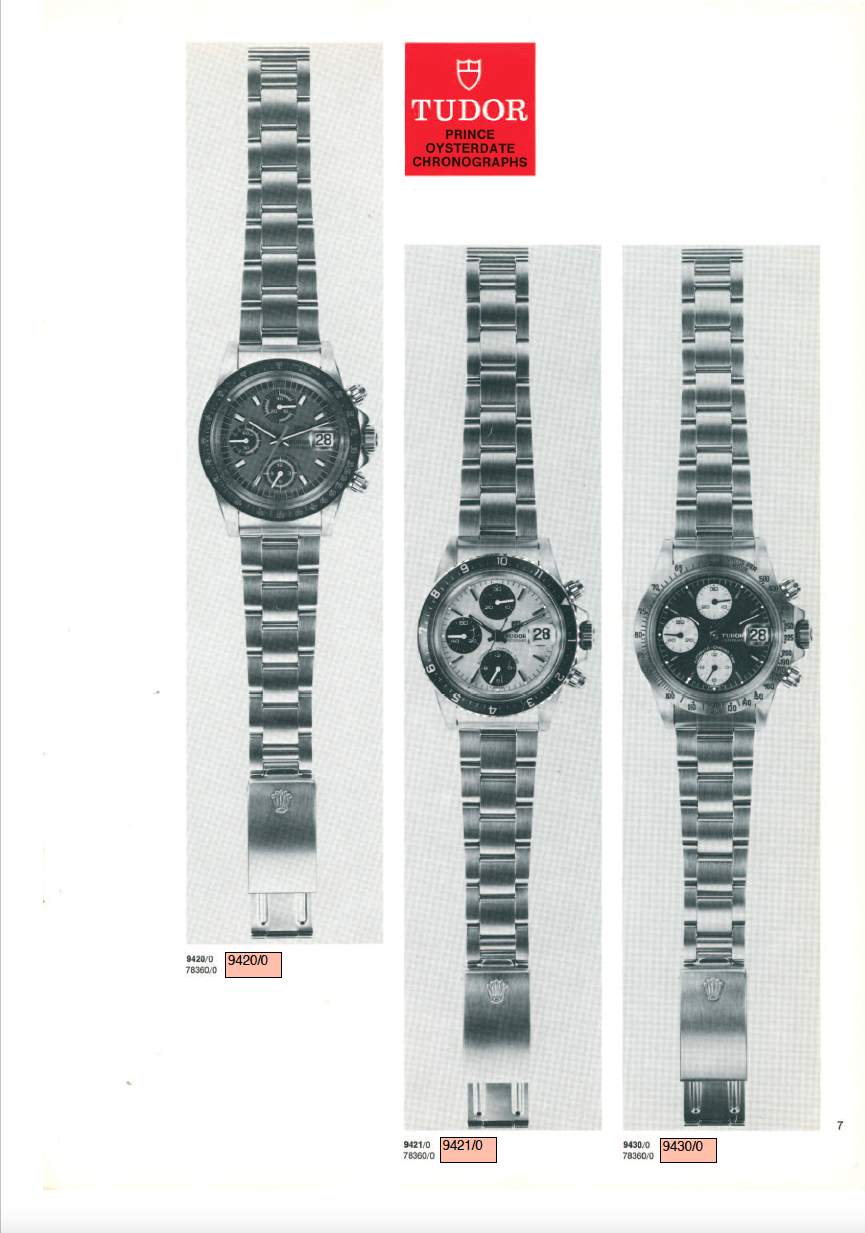
This is a 1979 Master Catalogue extract that shows the exotic dial in a reference 9420 and the Oysterdate Panda and Reverse-Panda dials in the other two references.
Series 1 ‘Exotic Dials’

Exotic Dial Big Block Reference 94300. Note the applied hour markers.
Tudor continued to produce exotic dials that picked up where the earlier series dials had left off. Collectors also refer to these dials as Monte Carlos or more correctly Big Block Monte Carlos. There were two variations of Big Block Monte Carlo dials, a version with painted hour markers that were very reminiscent of the 7100 series watches and a version with applied metal hour markers. The dials with painted hour markers were available in two colourways – grey/black/orange and grey/blue/orange. Both dial colours were available in all three references. The black version was always teamed with a black tachymeter or 12-hour scale bezel and the blue dials with blue tachymeter bezels. These watches are now very rare and are sought after by collectors, especially the blue 9420. The dials with applied metal hour markers were only produced in black, which featured white sub dials and orange numbers on the outer minute track. The exotic dials featured ‘Automatic Chrono Time’ in an arc over the bottom chrono register and the simple TUDOR signature like the Solo dials.
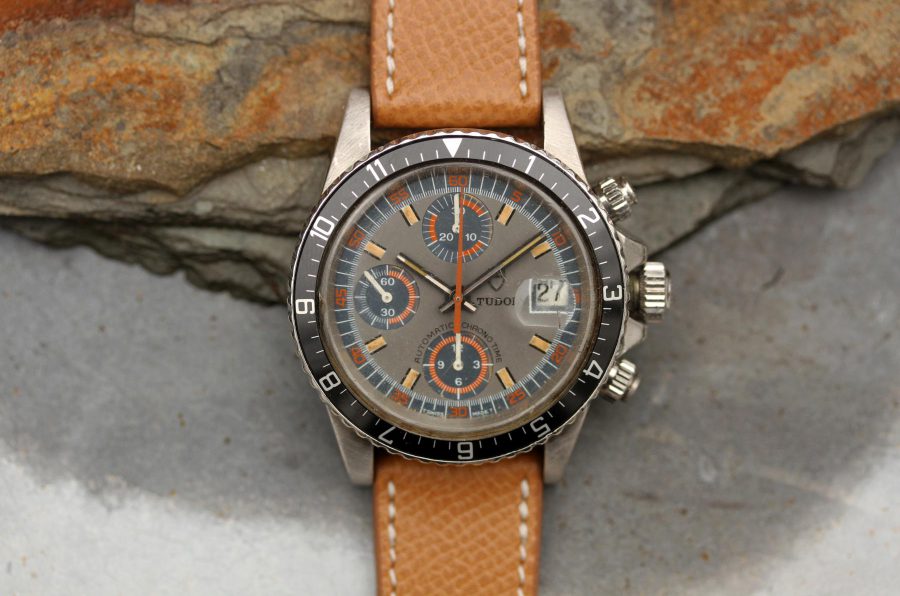
Black and Grey Exotic Dial Layout
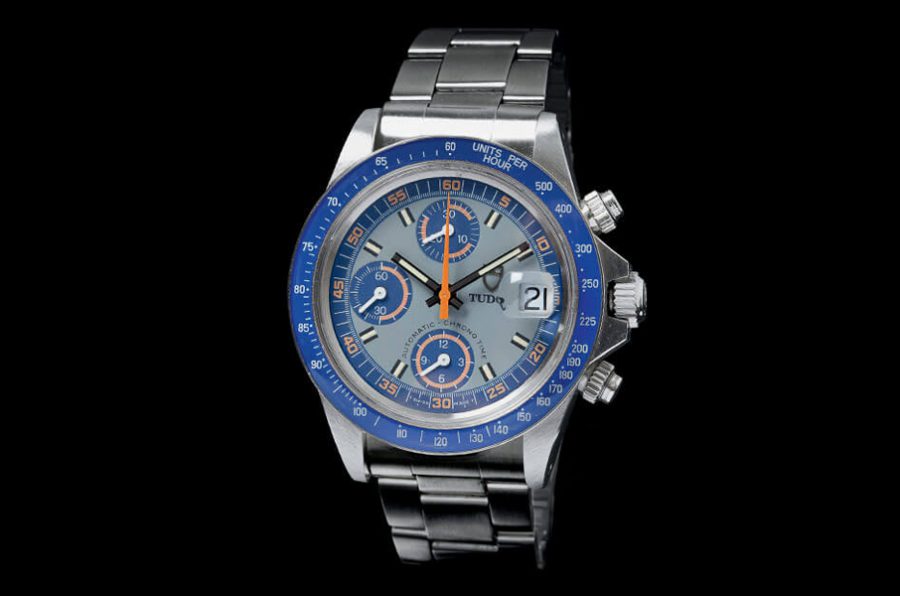
Blue and Grey Exotic Dial Layout
The relationship between Tudor and Rolex is a key part of both brands’ history, but particularly Tudors. Vintage Tudor watches utilized a great number of Rolex components, including winding crowns, chronograph pushers, bezels, bracelets and crystals. The introduction of the Big Blocks also heralded the arrival of a more understated two colour Daytona-esque dial. Like its Rolex cousin, the most commonly seen versions were either black with silver/white sub dials or the opposite way round. There was also a rare variant that was a silver dial with white subdials – the ‘albino’. These dials all featured applied metal hour markers, with beveled/sloping ends. The date aperture had a painted window around it and the chrono registers had a raised inner section that gave the dial an almost two-dimensional quality.
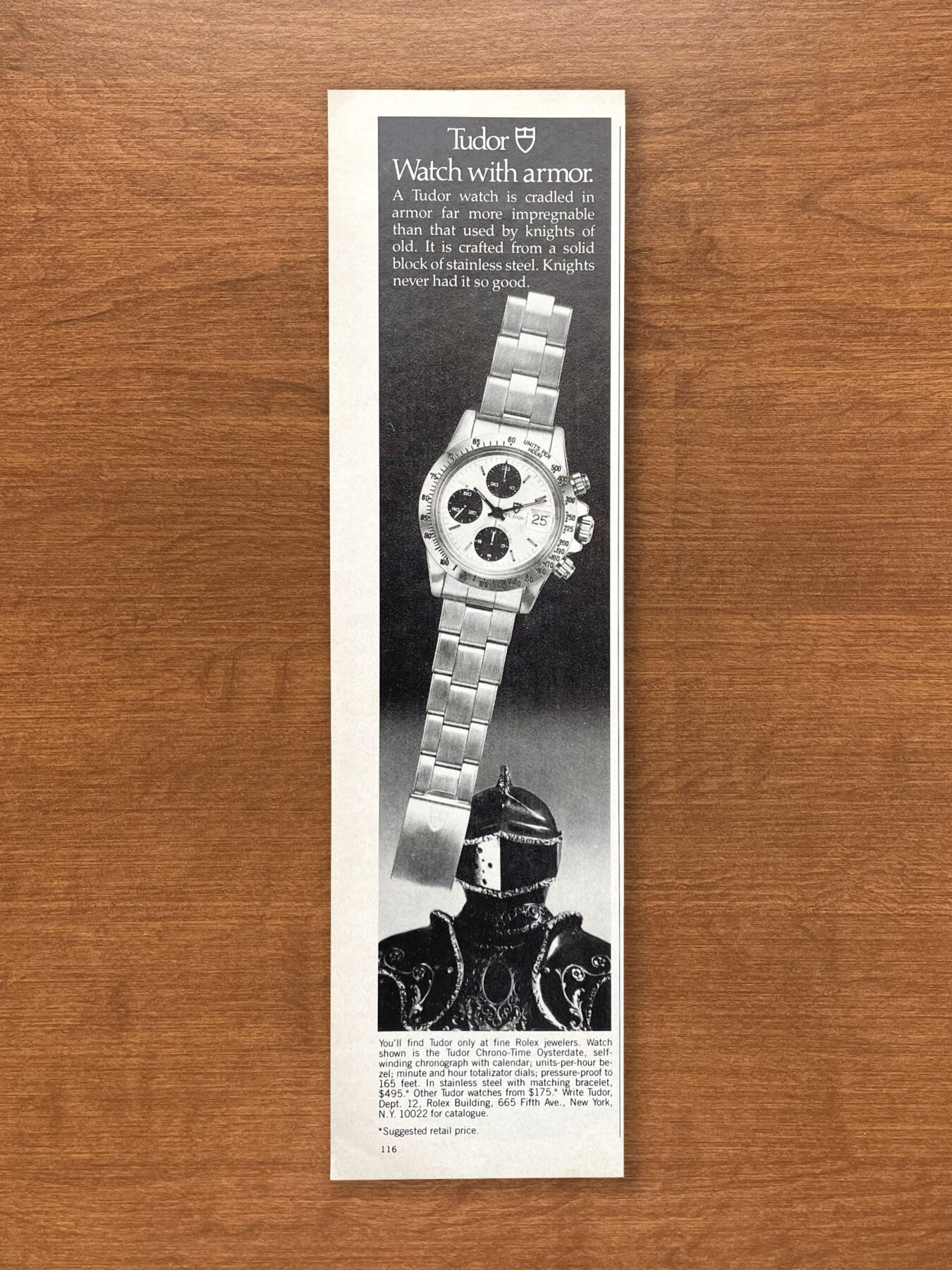
A 1979 Tudor Big Block print advert
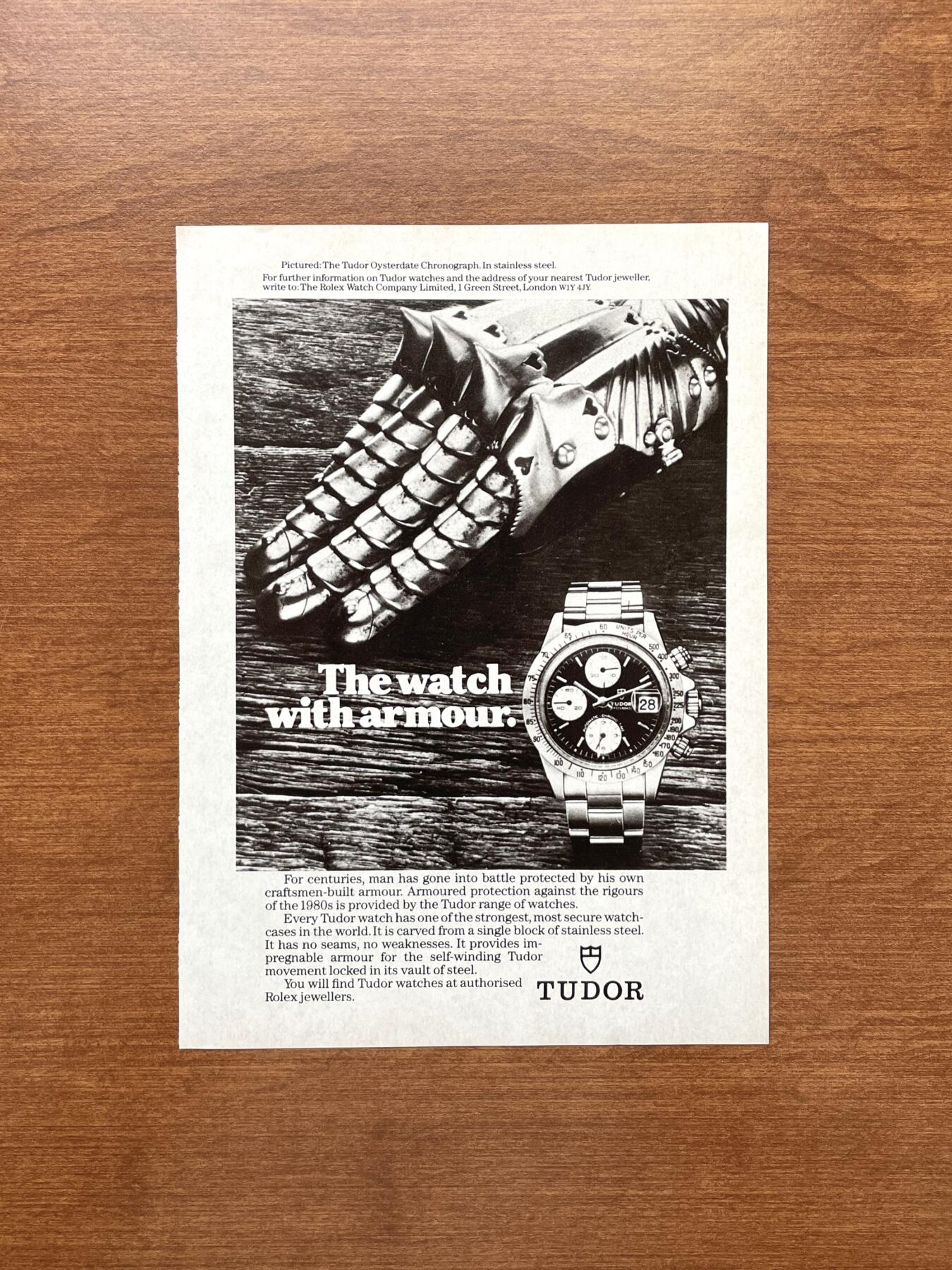
Full page advertisement for a Tudor Big Block from 1981
Series 2 79100
In the late 1980’s Tudor replaced the 94300 series watches with the 79100 series. These watches retained the successful Big Block case, however these watches were only available with the two coulor, non-exotic dial configuration.
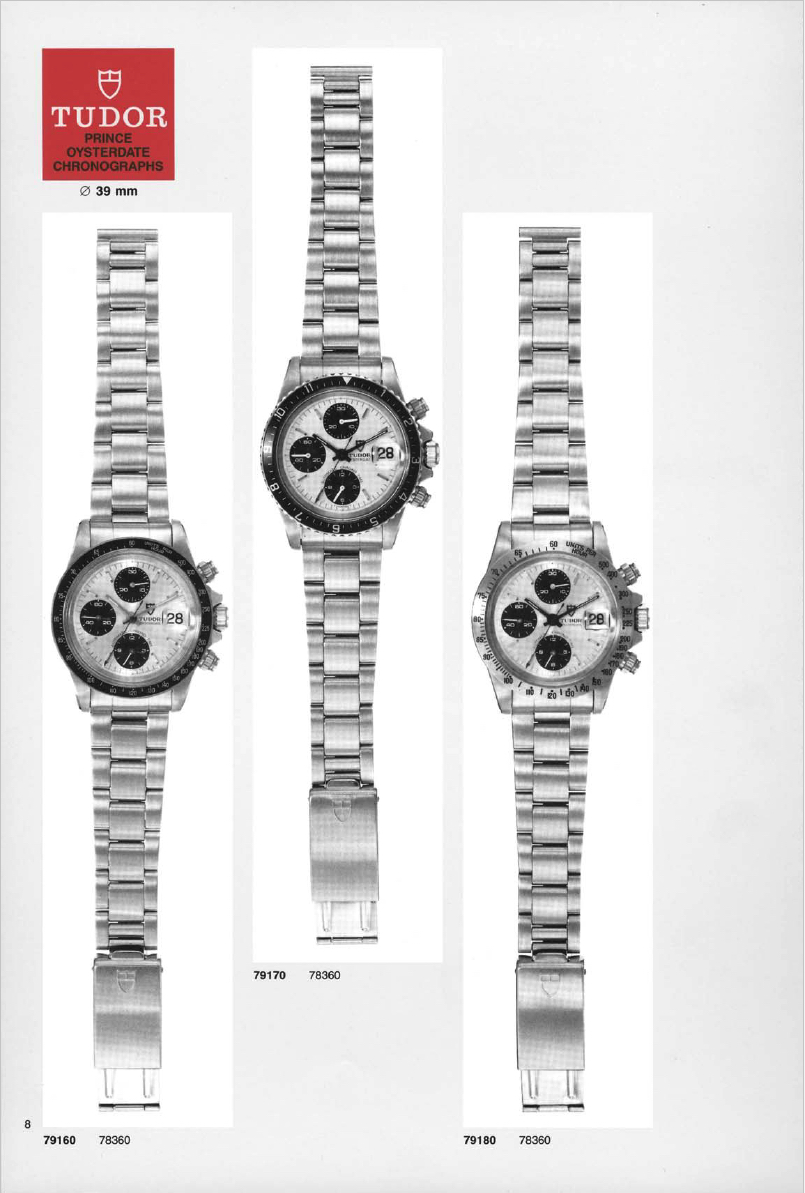
Extract from the 1988-89 Tudor Master Catalogue showing the then-new second series Big Blocks
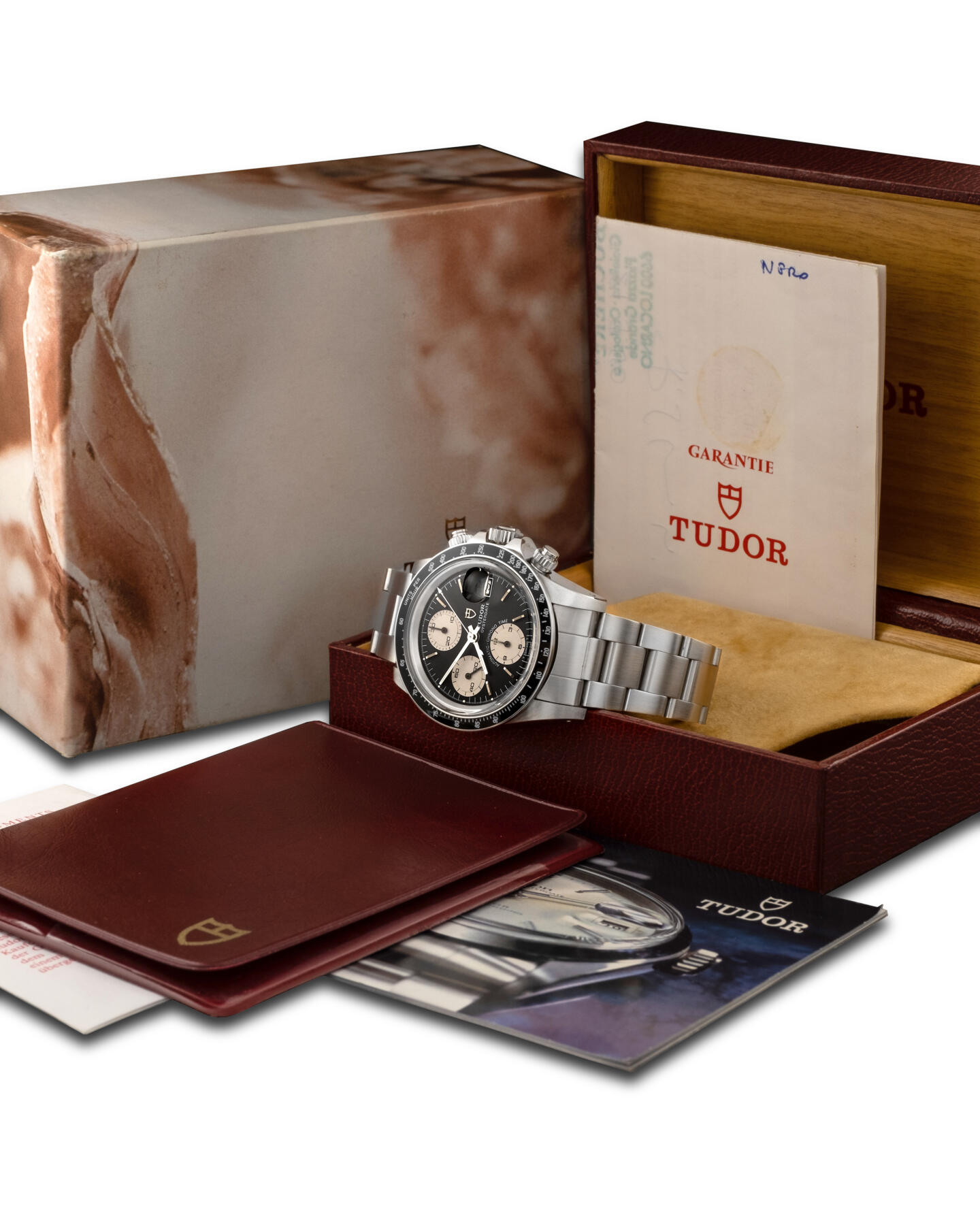
An early full-set reference 79160 Big Block
As with the 9400 series, there were three references which were all differentiated by their bezel type:
79160 – Black plastic tachymeter bezel
79170 – Black graduated 12 hour bi-directional bezel
79180 – Steel tachymeter bezel
By the time the 79100 Big Block series was released the dials all featured ‘Oysterdate’ under the date window and ‘Automatic – Chrono Time’ above the bottom chronograph register.
Mk1 dials in the 79100 series were similar to the 9400 series with the painted window around the date and chamfered hour markers.
Mk 2 dials in the 79100 series dials had straight (non-sloping) applied hour markers and the painted window around the date aperture disappeared.
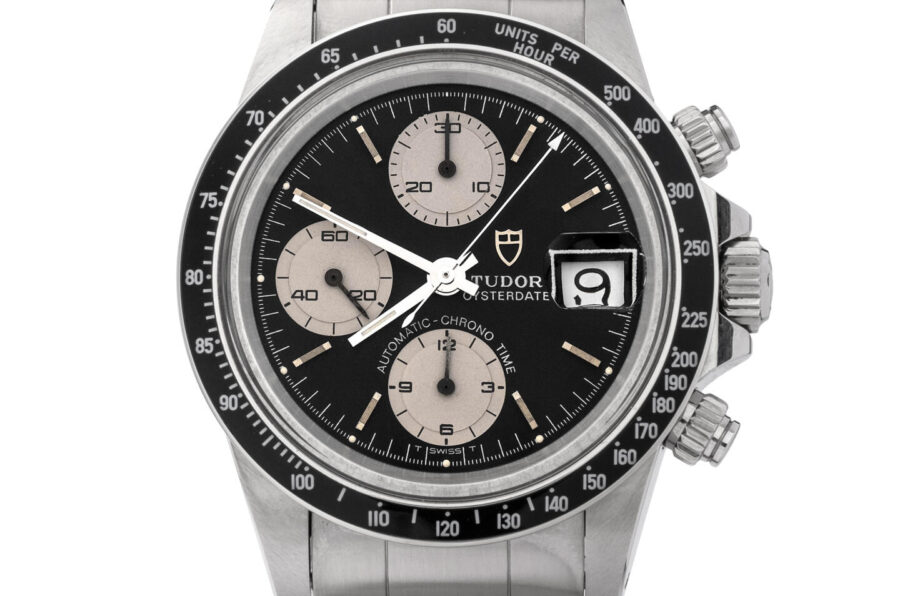
Mk1 second series dial with window around the date and chamfered hour markers
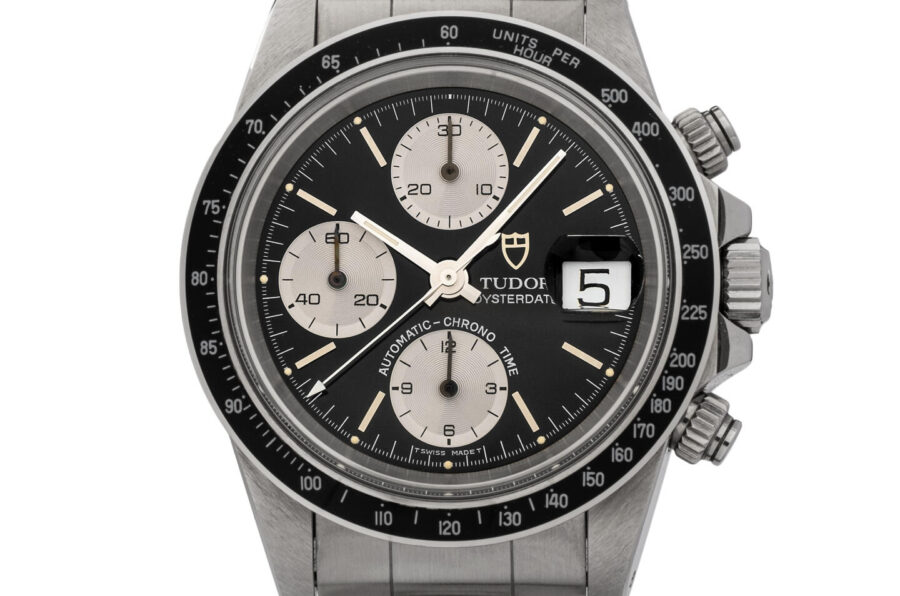
Mk2 second series dial with straight hour and no date window
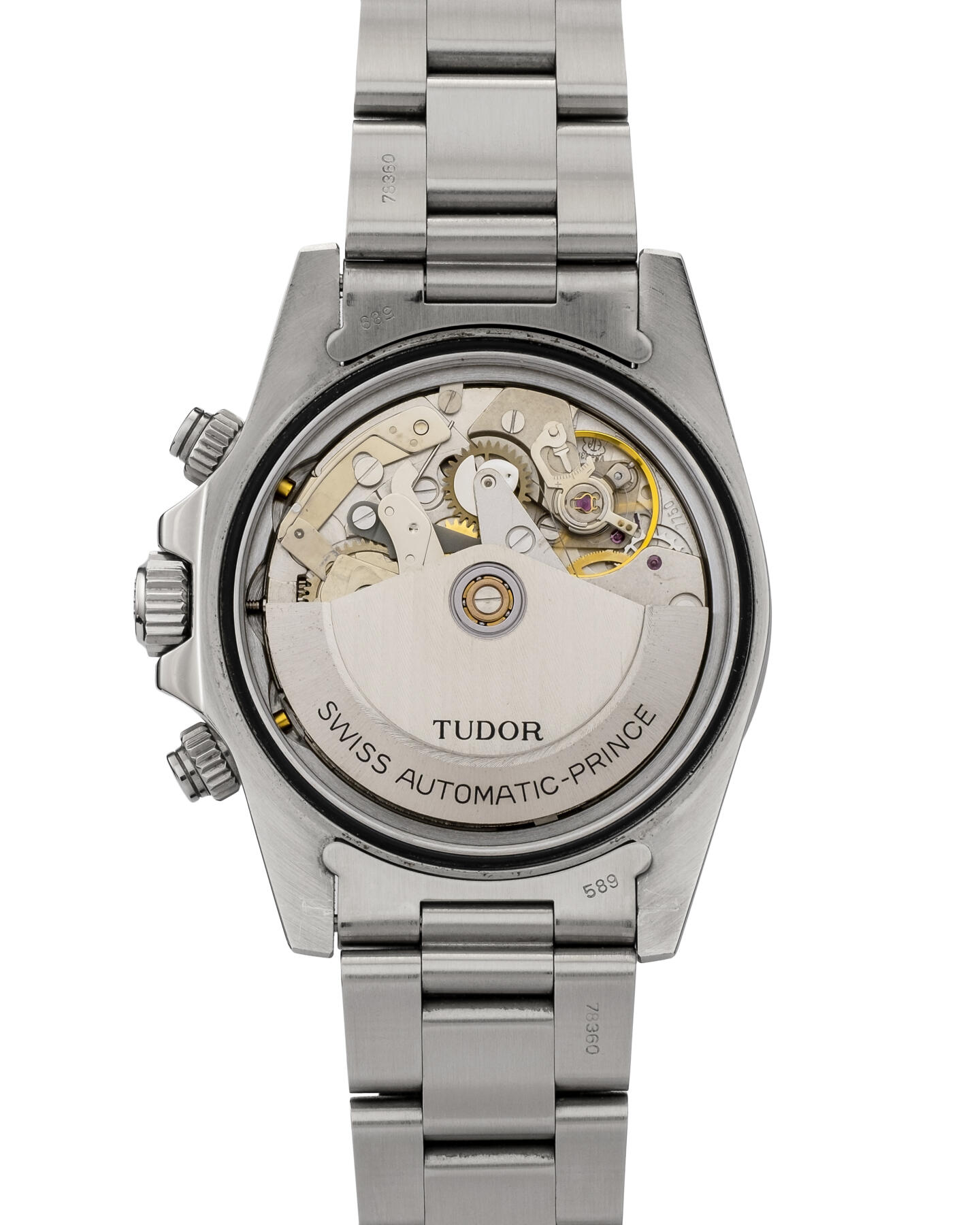
Here we can see that the rotor is full in second series dials, without the cutout in the series one watches.
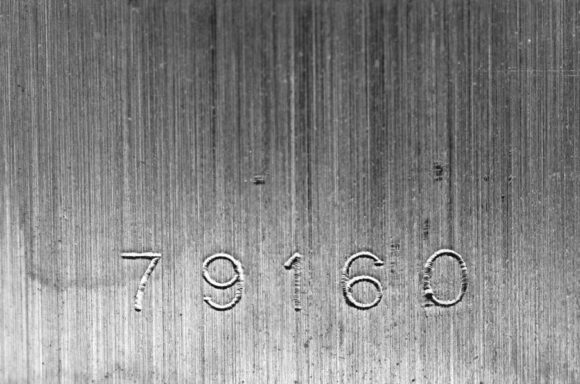
Reference engraving for 79160
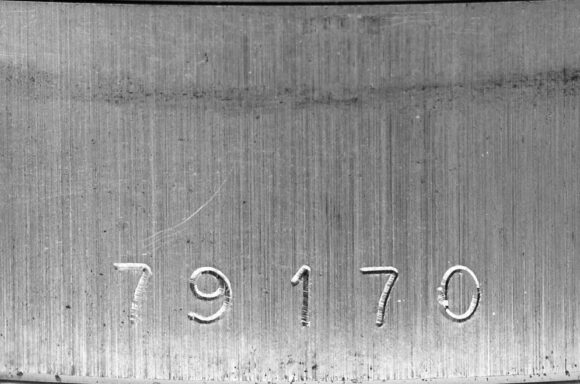
Reference engraving for 79170
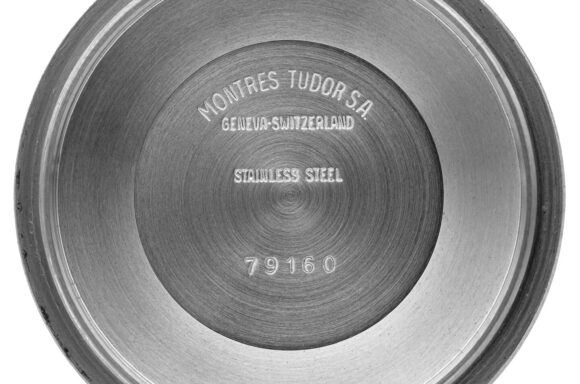
Inner case back engraving
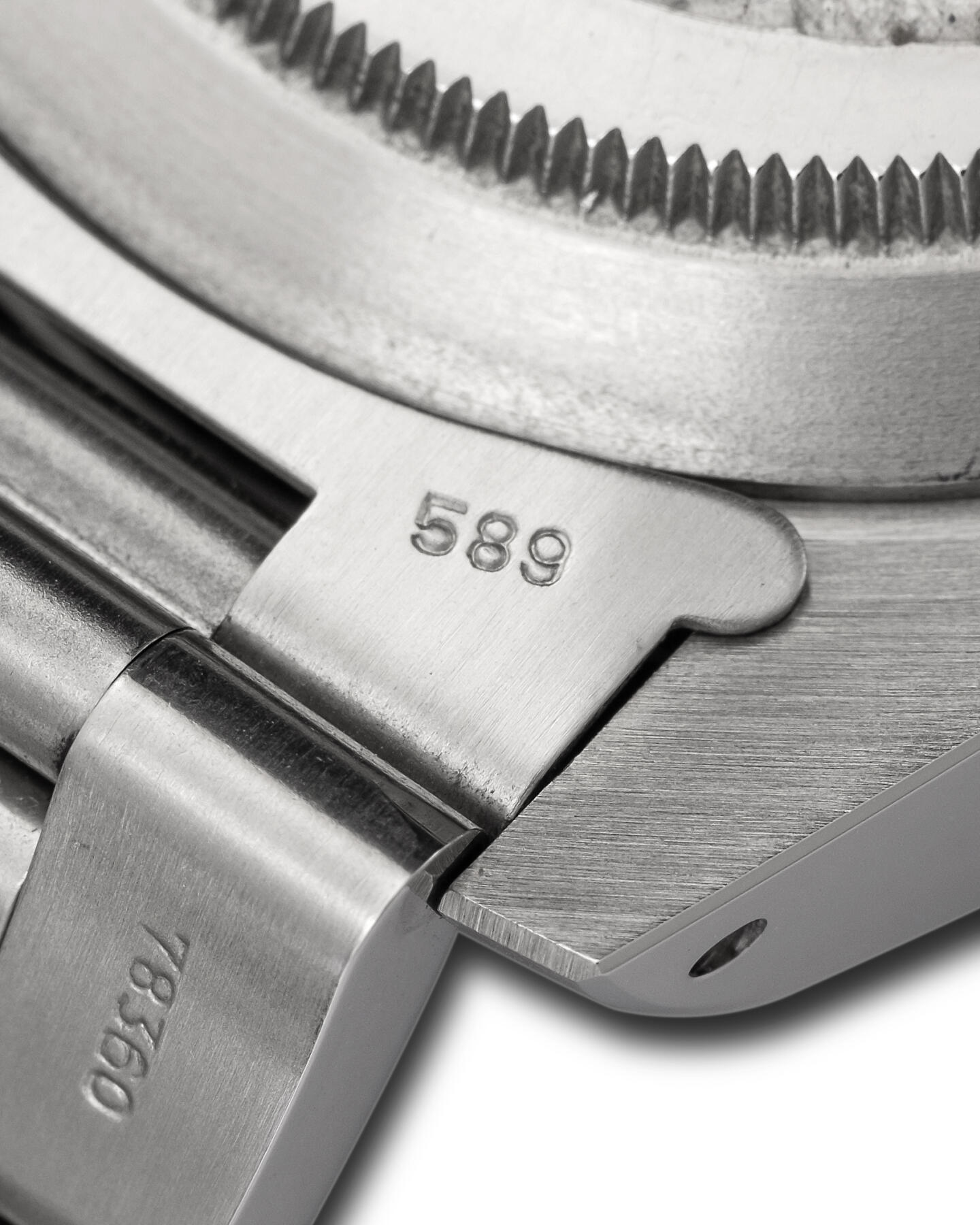
The Big Block had a unique endlink reference 589, due to the thickness of the case
Dial Proposals
One word that has been used a lot in recent years, especially around Rolex and Tudor, is ‘prototype’. Essentially proposal dials, made by Singer, these dials have become somewhat infamous for being labeled prototypes instead of test or proposal dials. Personally I quite like them for the their part in the development of the watches. Over the years a number of Tudor dials have surfaced and I believe that they add an element to this guide, to show some of the ideas that Tudor and Singer were playing with over the years.

This reference 79180 houses a Mk2 second series dial with pink sub dials. The watch was sold by Christie's watches.

A hybrid Mk1 and 2 Series two dial with chamfered hour markers but no window around the date
| Photo | RPR |
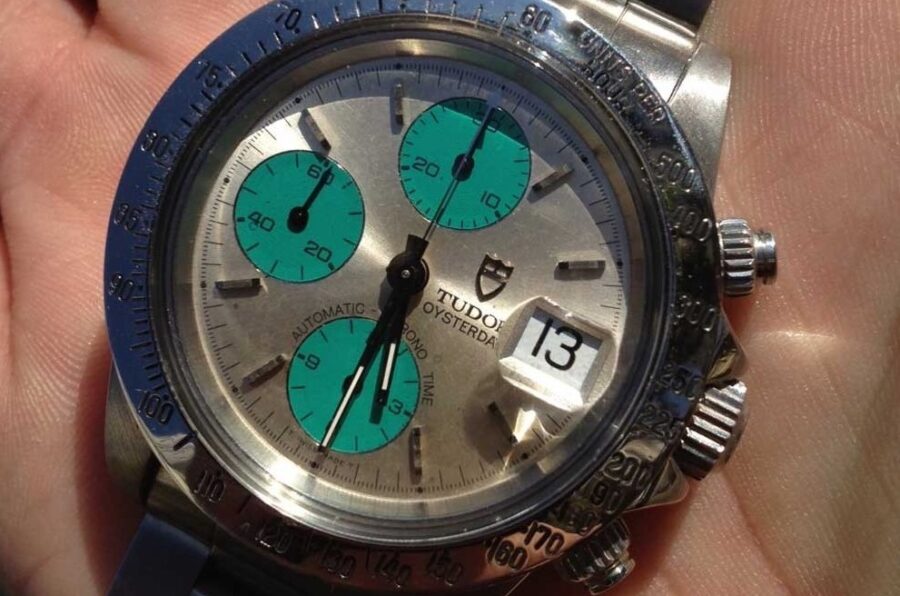
Note the vibrant green subdials.
| Photo | RPR |
